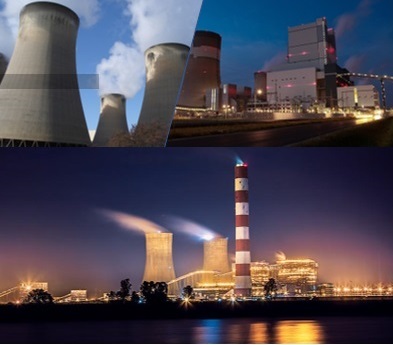A country’s economic development and the level of industrialization is dependent on the growth and progress of its core sectors one of which is power industry. A major portion of this installed capacity in power sector consists of thermal power stations mainly because of their lower gestation period, flexibility of their site selection, ease of augmentation of existing facilities and lesser investment cost required as compared to hydro stations.
Despite the fact that the thermal generation results in higher costs/kWh, and it has to have major dependence on the logistics of coal supplies and problems of ash disposal, etc. it has assumed significant importance and will continue to play an important role in the power development scenario for long time to come.
The generation of thermal power revolves around three objectives: low carbon emission, low cost of production, and low transmission losses. Though, thermal power is reliable, sometimes it hampers CO2 emission targets. Other methods of power generation such as offshore wind power, solar power, hydro-electric power have low carbon emission but are not supporting continuous power supply. Hence, to fulfil the growing demand of power, thermal power will remain the major source of electricity for at least few years.
In India, electricity production has grown at CAGR of 7.03 % from year 2010 to year 2017 and has coal based thermal power installed capacity of 214.19 GW as of year 2017……

